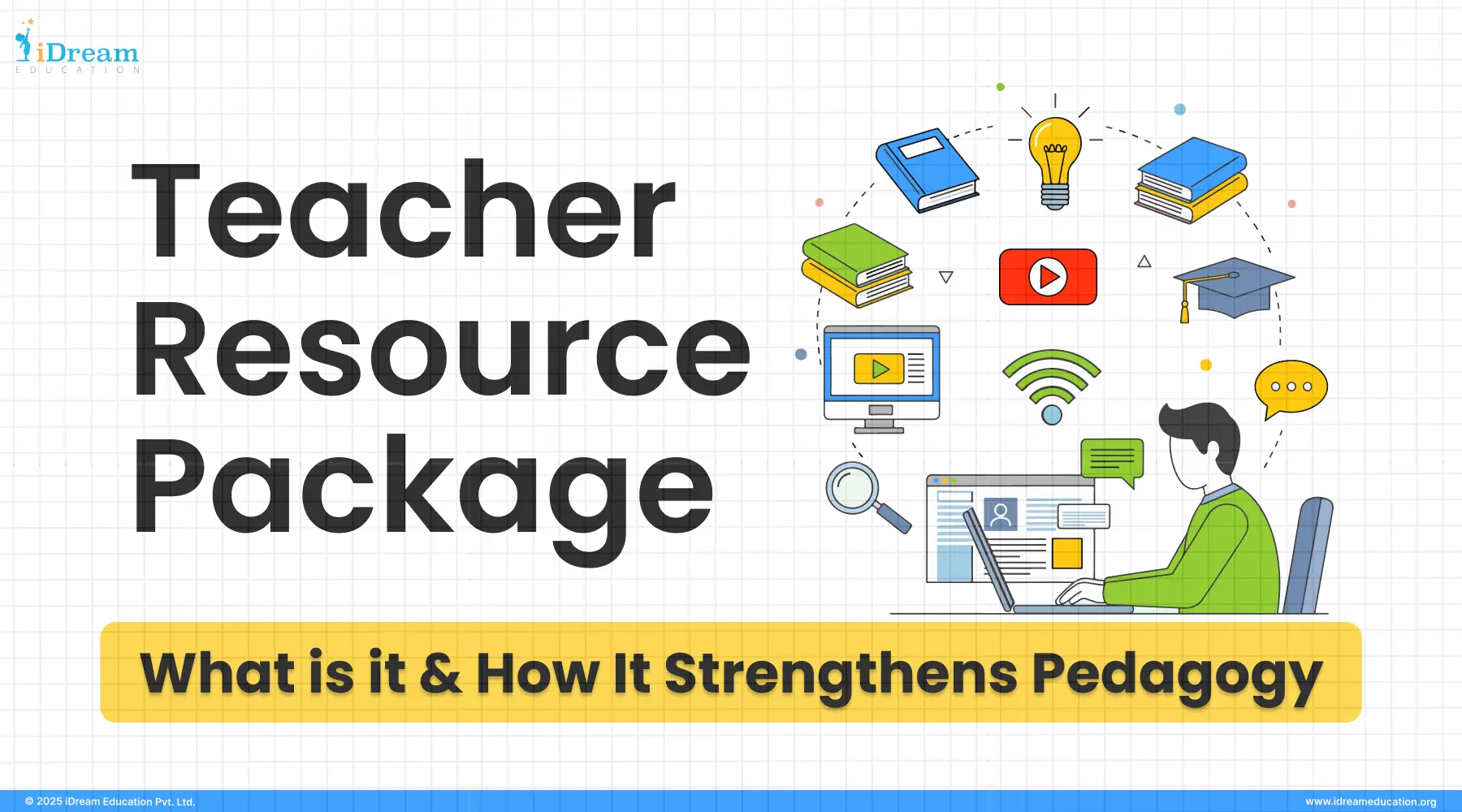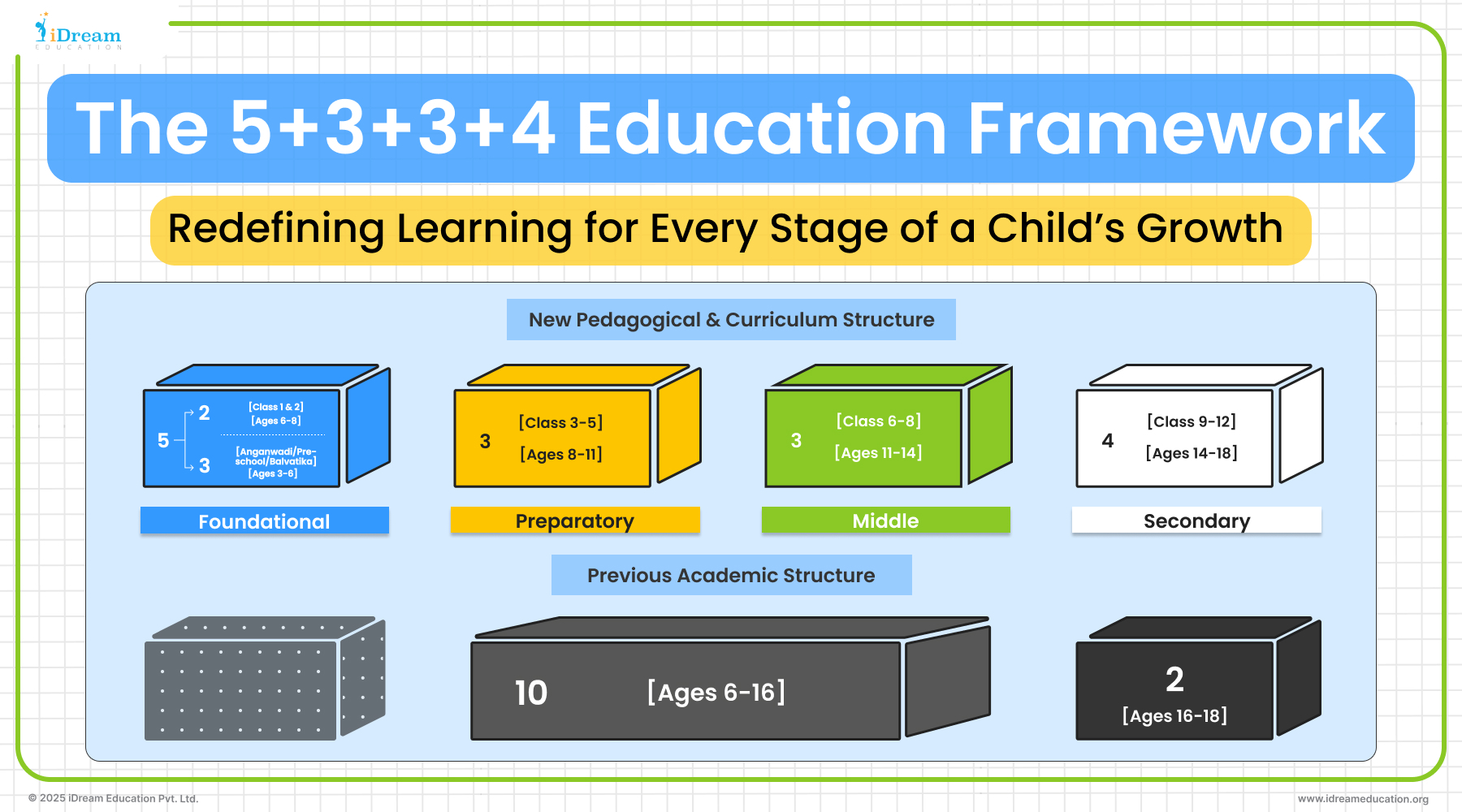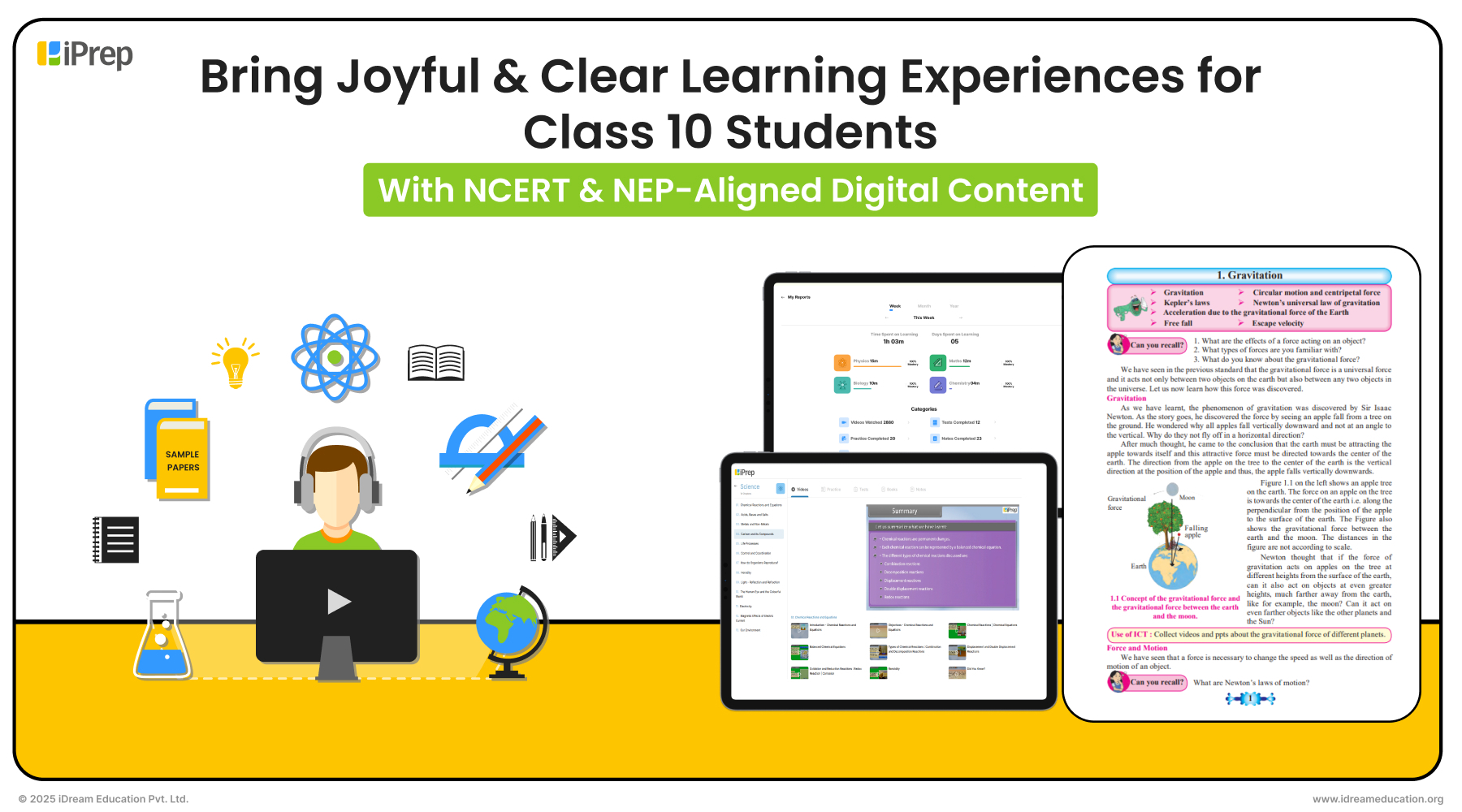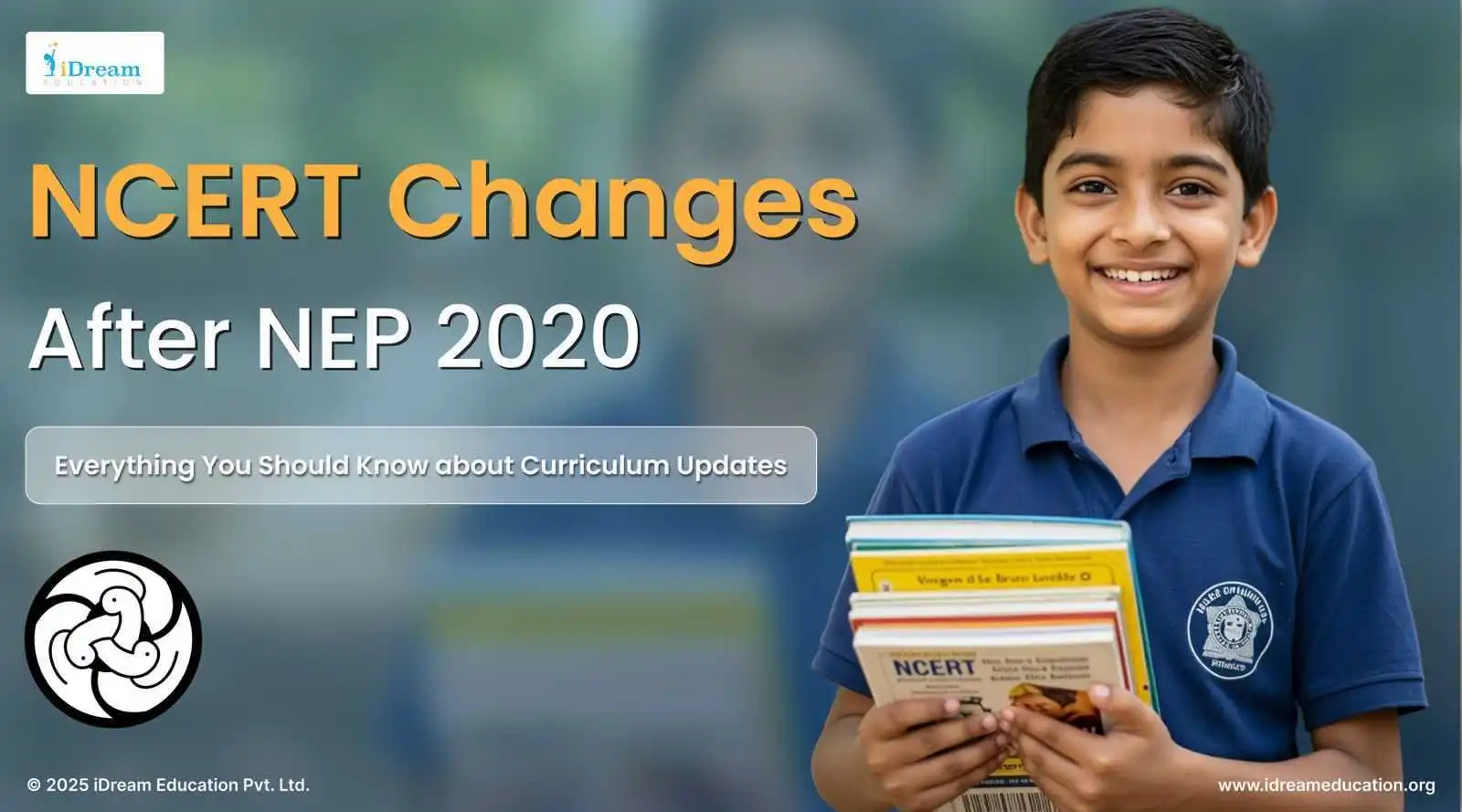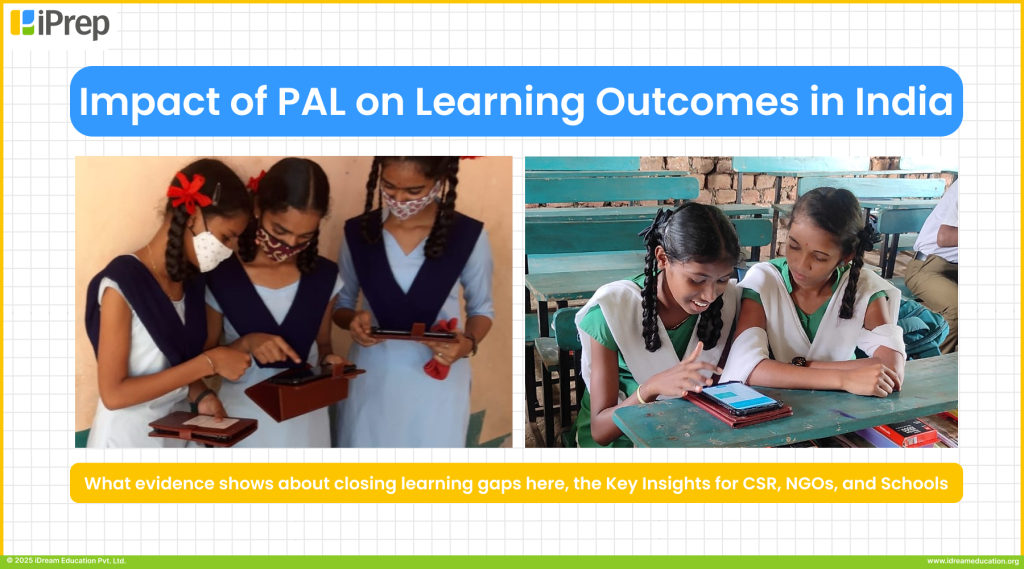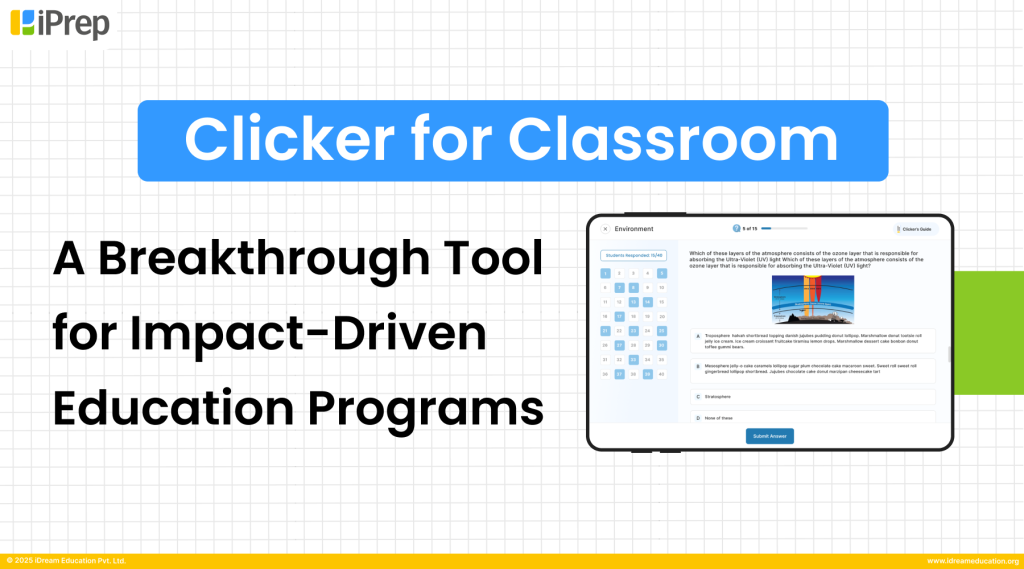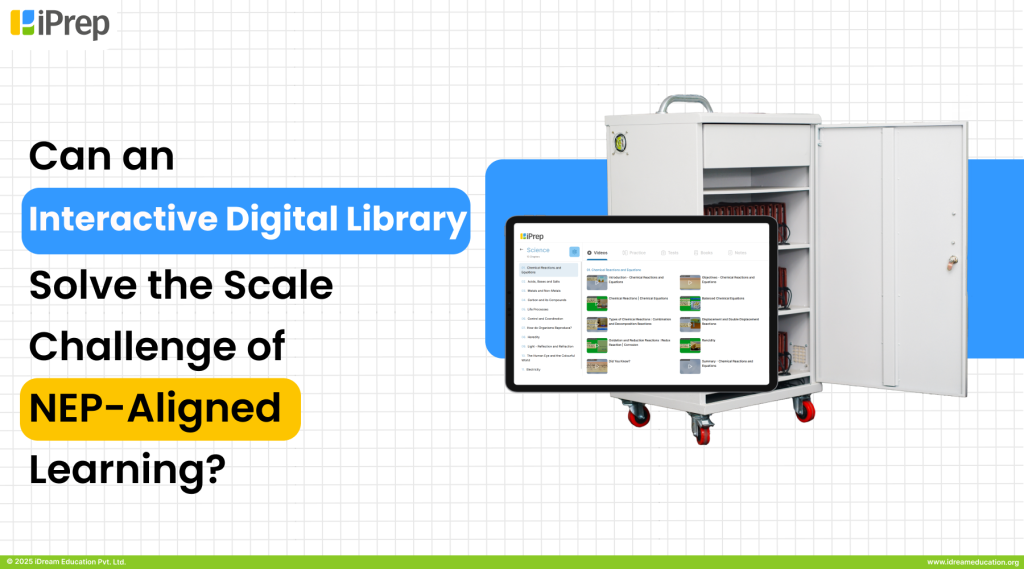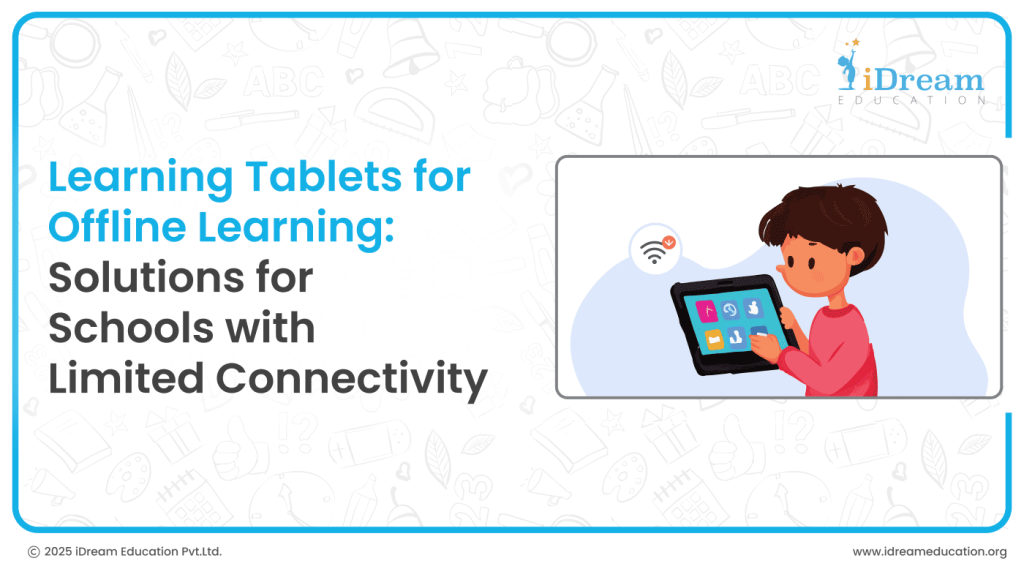
The progress of digital learning in India, despite being a remarkable opportunity, faces a rudimentary challenge: inconsistent internet connectivity.
On pen and paper, 95% of villages can access the internet. However, on the ground, only 18% of rural schools benefit from reliable connectivity.
To note, this challenge extends beyond rural areas, with approximately 40% of semi-urban schools encountering similar connectivity limitations.
This disparity perpetuates the digital divide. These connectivity barriers bar students from accessing digital learning resources that have become essential components of modern education, complementing traditional textbooks.
Offline learning solutions, particularly digital tablets, offer a promising solution. For millions of Indian students who are still excluded by poor internet access, these preloaded devices can potentially change educational possibilities.
This article explores how digital tablets can enhance both the delivery and impact of digital learning objectives across India.
Learning Tablets and the Connectivity Challenge in Indian Education
So, what are the key challenges digital tablets are trying to solve?
1. Geographical and Infrastructure Barriers
First off, the topography of India presents unique challenges for internet infrastructure. Take, for instance, the mountainous regions in states like Himachal Pradesh, Uttarakhand, and the Northeast, which face geographical barriers that make consistent connectivity prohibitively expensive or technically unfeasible.
Meanwhile, remote villages across the country struggle with last-mile connectivity issues despite impressive national statistics on mobile penetration.
2. The Financial Equation of Digital Adoption
Many rural and semi-urban schools operate with minimal infrastructure—limited power backup systems, inadequate computing facilities, and shared devices.
At the same time, financial constraints further complicate digital adoption, with tight budgets necessitating pragmatic solutions that deliver maximum educational value at low costs.
3. When Intermittent Connectivity Disrupts Learning
On a daily basis, the consequences of these connectivity gaps are disruptive. Students experience suboptimal learning journeys, with frequent breaks and gaps in concentration.
Worse still, teachers using the devices are forced to abandon technology integration after frustrating experiences with buffering videos or crashing applications.
Needless to say, administrative functions like attendance and assessment tracking also suffer.
Learning Tablets: Key Requirements for Effective Offline Learning Solutions
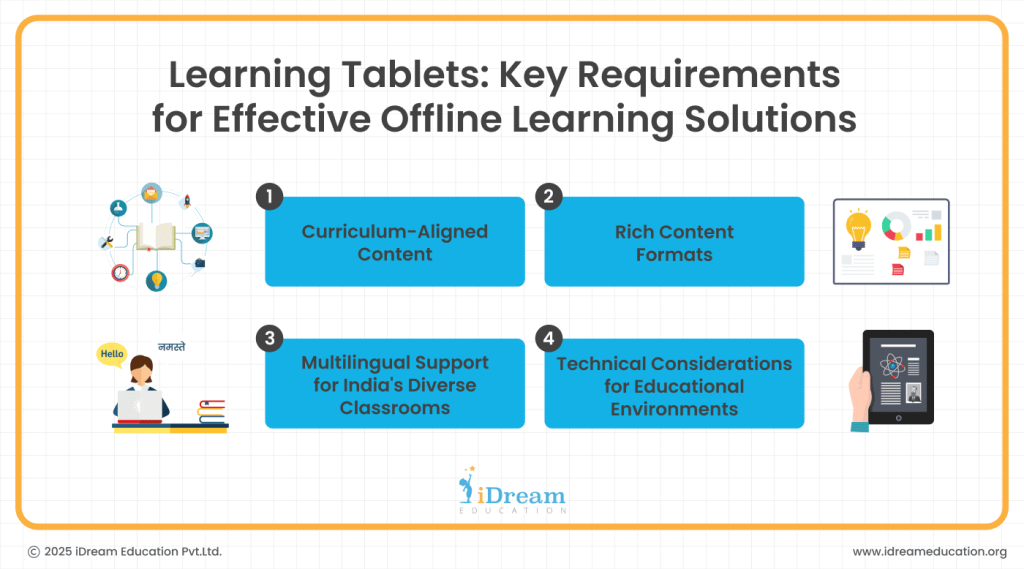
Now, let’s go over the main features the learning tablets must have to benefit traditional teaching while offering more flexible and self-paced learning experiences:
1. Curriculum-Aligned Content
Addressing these challenges requires purpose-built digital tablets. These must not be stopgap measures and should be designed specifically for offline digital content and challenging learning environments.
First and foremost, content must be comprehensive and curriculum-aligned. Digital tablets should arrive preloaded with NCERT digital content and state board content covering all major subjects.
2. Rich Content Formats
Besides alignment with the NCERT and state boards, the content diversity further enhances the learning experience.
Well-designed digital tablets include animated lessons that bring abstract concepts to life, interactive practice exercises with immediate feedback, comprehensive notes for revision, and practical demonstrations of scientific principles.
Some tablets, such as iPrep’s 8” education tablet, even include digital libraries with stories, poems, and biographies that encourage reading beyond textbooks.
3. Multilingual Support for India’s Diverse Classrooms
The linguistic diversity of India necessitates multilingual support. Effective offline solutions must offer content in Hindi, English, and regional languages such as Tamil, Telugu, Gujarati, and Bengali, removing language barriers to quality education.
4. Technical Considerations for Educational Environments
- Educational tablets require sophisticated Mobile Device Management (MDM) systems that keep students focused on learning applications rather than games or social media. These systems should function without requiring constant monitoring or connectivity.
- When connectivity does become available, even temporarily, digital tablets should automatically synchronise usage data with centralised reporting systems. This enables meaningful analytics without depending on continuous internet access.
- Battery life represents another crucial consideration, with devices needing to accommodate full school days, particularly in areas with irregular electricity supply.
- Durability features such as shock resistance and screen protection are essential for devices that will be used daily by children in diverse educational settings.
Learn More: Learning Tablet Cost in Delhi: An Essential Guide – iDream Education Blog
Learning Tablets: Implementation Models for Different School Contexts
Successfully integrating digital tablets into low-connectivity schools calls for deployment models that are as diverse and flexible as the communities they serve.
Resource-Optimised Deployment Strategies
The implementation of digital tablets in schools with connectivity challenges requires thoughtful planning tailored to specific contexts. Several models have proven successful across diverse settings:
- In severely resource-constrained environments, rotation systems work effectively. Schools with limited tablet quantities implement scheduled sharing where classes take turns using the devices.
- The Smart ICT Lab model represents another effective implementation approach. Here, digital tablets are stored in charging stations within a dedicated room, creating a mobile computer lab that teachers can reserve for specific lessons.
- More ambitious implementations include take-home models where students receive assigned tablets for extended periods, enabling learning beyond school hours.
However, this requires robust device tracking systems and clear accountability measures.
Teacher Enablement: Don’t Ignore the Human Element
Regardless of the implementation model, teacher facilitation remains essential. Successful programmes invest in teacher training that builds both technical comfort and pedagogical integration skills.
Teachers must understand not just how to operate the tablets but how to effectively incorporate them into teaching methodologies.
Takeaway
Learning tablets with thoughtfully designed offline capabilities represent perhaps the most pragmatic solution to India’s connectivity-related educational challenges.
The impact extends beyond mere content access. Well-implemented tablet programmes foster digital literacy, independent learning skills, and engagement with educational material—all critical competencies for 21st-century learners, regardless of their geographical location.
iDream Education‘s ecosystem of solutions exemplifies this approach to educational equity:
- iPrep Learning Tablets arrive with preloaded K12 content spanning all subjects and classes, supported by integrated reporting systems that synchronise when connectivity becomes available
- iPrep Digital Library offers tablet-based Smart ICT Labs combining hardware, content, and charging infrastructure for school-wide implementations
- iPrep Digital Class enables engaging classroom learning without requiring continuous connectivity
- iPrep PAL delivers personalised adaptive learning that adjusts to individual student needs across various devices
What distinguishes these solutions is their foundational design principle: last-mile accessibility. Each component is engineered to function in real-world Indian educational environments, not theoretical scenarios assuming perfect connectivity.
To learn more, you may contact us at +91 7678265039.
You can also share your details here or write to us share@idreameducation.org.


